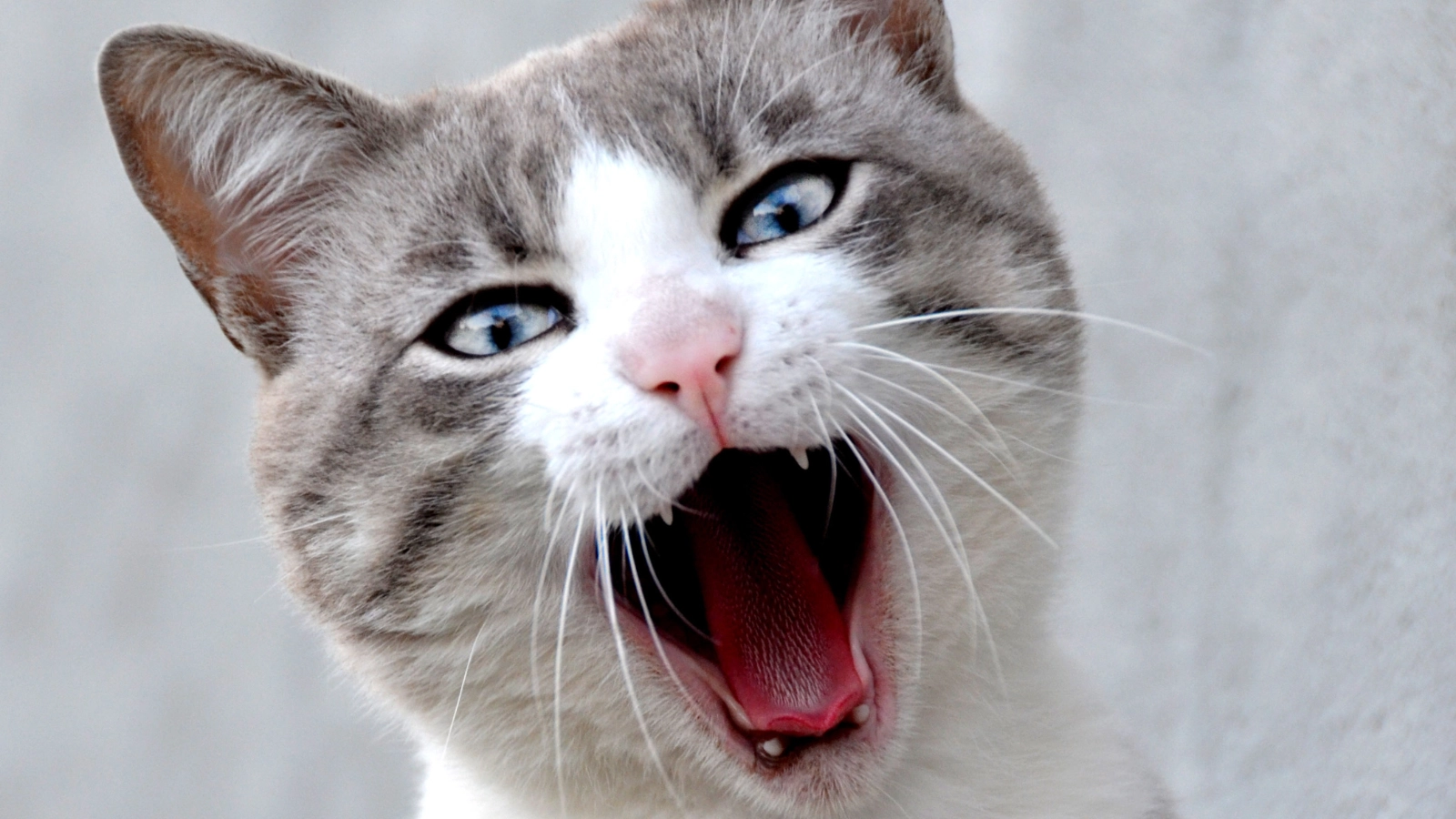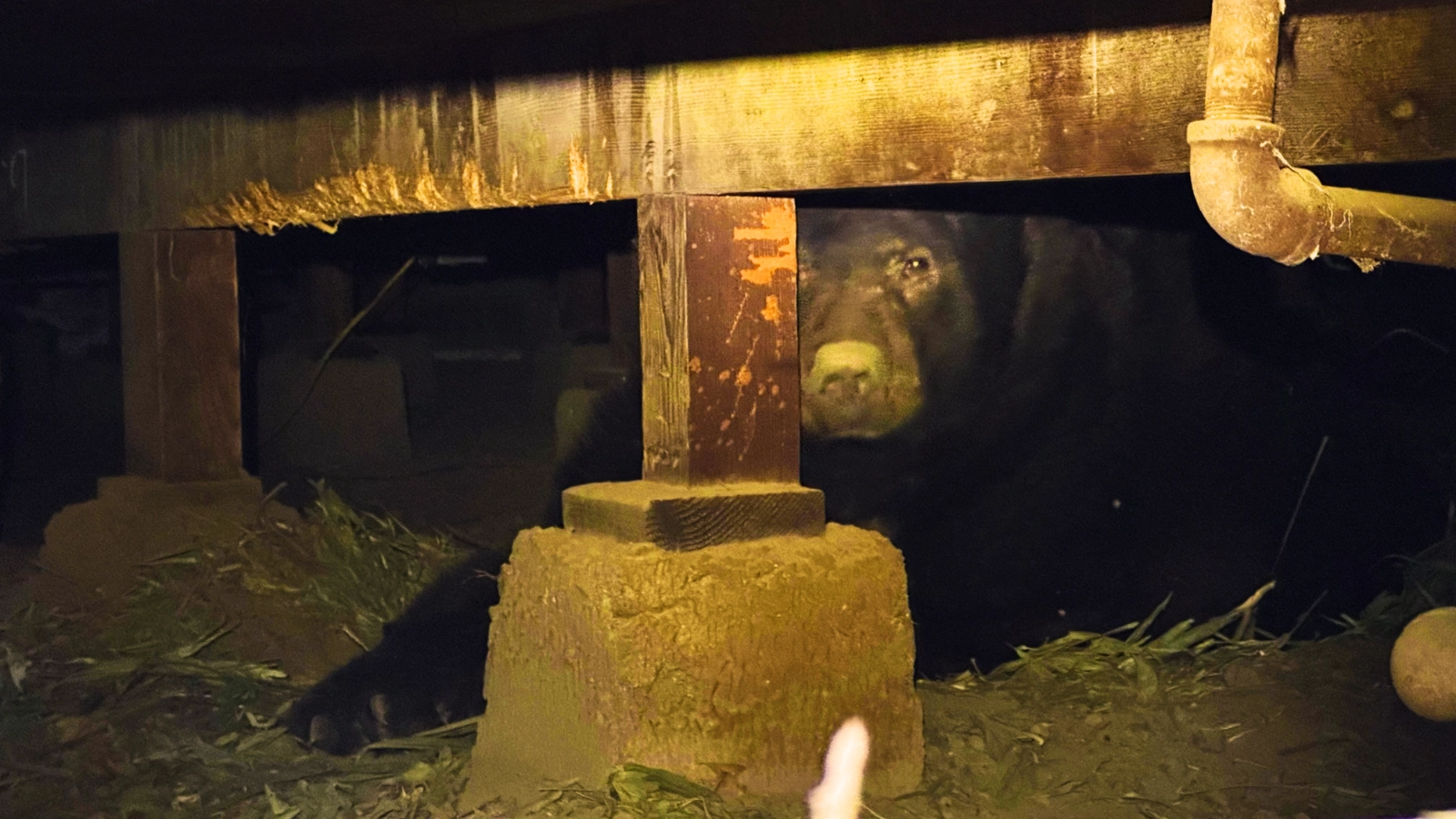I had no idea cats could be such drama queens. It turns out that they can convey their emotions with about 300 different facial expressions!#Kansas #Animals #KansasCityKS #News
KSM, KANSAS CITYDespite the common belief that cats are emotionally cold or uncaring, a recent study by Kansas researchers shows that cats actually interact with one another through a wide range of facial expressions. With around 300 different expressions, cats have developed a complex signaling system that facilitates social interaction; they are by no means aloof.
The Discovery of 300 Facial Expressions
Researchers from the University of Kansas Medical Center recently conducted a study that revealed how cats convey their emotions through a variety of facial gestures.
Lauren Scott, a researcher at a cat cafe in Los Angeles, documented the interactions of 53 adult domestic shorthair cats over the course of a year (this sounds like the best job ever!). 194 minutes of video, encompassing 186 cat interactions, were recorded for the study.
The group found 276 distinct facial expressions through in-depth examination. The 26 distinct facial motions that comprised these expressions included eye blinks, whisker adjustments, and ear position variations. To put things in context, dogs have about 27 facial motions, compared to about 44 for humans.
Friendly, Aggressive, or Ambiguous?
The study divided the expressions into three primary categories: 37% of the expressions were associated with hostility, 18% were deemed ambiguous, and 45% were determined to represent pleasant behavior. This gives pet owners a better idea of when their felines are calm or agitated.
Additionally, the study discovered that cats have a distinct play face. When playing, cats, dogs, and people all display this expression, which includes a lowered jaw and pulled-back corners of the mouth. The researchers found important patterns that demonstrate how cats communicate, even if they were unable to fully interpret the meaning behind each facial expression.
Practical Insights and Future Research
Both present and potential cat owners may benefit from knowing how cats convey their emotions through their expressions. People could choose a pet that is more likely to get along with others and even better gauge their cats’ moods by observing their facial expressions.
Companies have already contacted the researchers regarding the likelihood that these findings could be helpful in the creation of technologies such as an app that can decode feline expressions, according to the study.
This study has limitations even if it offers insightful information. In order to investigate how these facial expressions change in various social contexts, researchers intend to expand their sample to include cats in a variety of living situations, such as multi-cat houses and feral colonies.
Cats may have been thought of as solitary animals, but this new study demonstrates how social and sophisticated feline communication can be. It will be simpler to build closer relationships with our feline friends as we gain more knowledge about their activities.
Associated Subjects: Pets and Animals|Science|Kansas
We appreciate your input!Was this article thought-provoking, inspirational, or educational to you? Join the conversation by leaving a comment below. We value your feedback and eagerly await your response!
Note: Every piece of content is rigorously reviewed by our team of experienced writers and editors to ensure its accuracy. Our writers use credible sources and adhere to strict fact-checking protocols to verify all claims and data before publication. If an error is identified, we promptly correct it and strive for transparency in all updates, feel free to reach out to us via email. We appreciate your trust and support!




